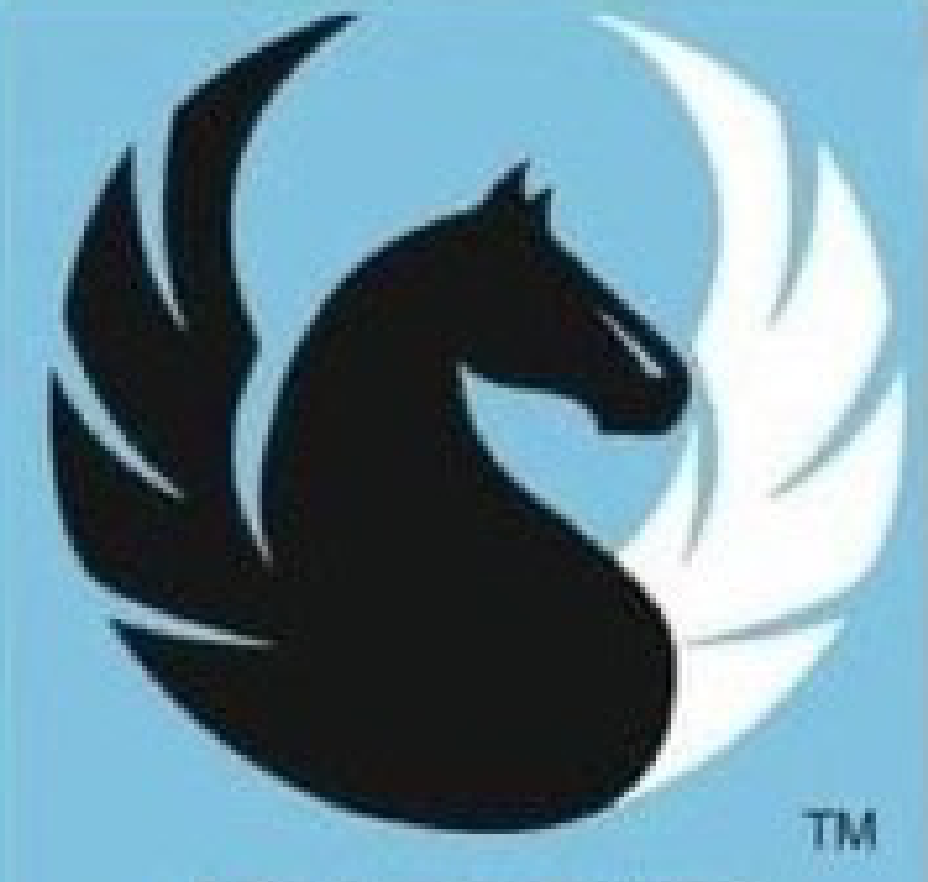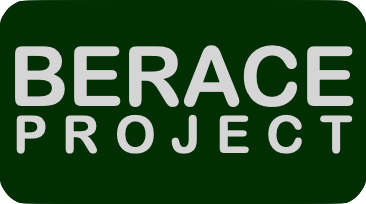(BERF Equine and Rural Activities Centre of Excellence
Written by: Sandra Murphy BSc Hons Equine Sports Science
MSc Ani Nutr (pend)
Founder and Chair BERF (British Ethnic Riders Forum)
BEF Equality Engagement Group
ED & I Advisor to Pony Club Board of Trustees
Introduction
When it comes to sport there is so much diversity right? Well, yes that may well be true for some sports such as Athletics and Football, however, if you look at many individual sports you will invariably notice that there is a disproportionate percentage of People of Colour (PoC) or Black Asian Minority Ethnic (BAME) participants compared to their ‘white’ counterparts. The equine industry in the UK is both vibrant and valuable, contributing £7bn a year to the economy. With around 1m horses in the UK, the industry has a gross output of £3.8bn a year and provides full time employment of about 200,000, many in rural areas. (BETA National Equestrian Survey 2019).
The BETA Survey includes these key findings:
1) The economic value of the equestrian sector stands at £4.7 billion of consumer spending across a wide range of goods and services each year. This has increased from £4.3 billion in 2015. #
2) There are 27 million people in Britain with an interest in the equestrian industry.
3) There has been an increase in the number of people who have ridden at least once in the past 12 months, to 3 million from 2.7 million in 2015.
4) The number of regular riders – those who have ridden at least once a month for the past 12 months – has risen from 1.3 million in 2015 to 1.8 million.
5) There are 374,000 horse-owning households in Britain – a drop from the 446,000 in 2015.
6) The estimated horse population in Britain stands at 847,000
7) There are 5 million British households with at least one ex-rider.
8) Lack of access to horses and riding facilities is a barrier for 22% of lapsed riders returning to the sport. Unfortunately, even up to 2019, there was ‘NO’ data for the number of Ethnic riders, participants, horse owners, grooms or ethnic minority people interested in the equine industry, therefore understanding the scale of this under representation is a problem when no data exists to quantify it.
However, it seems to be increasingly evident in the equine sports that ethnic minority participation has been hugely under represented within every discipline as well as under representation in professional areas such as Veterinary, Farriery, Physiotherapy, Saddlery, Equine Feed Industry, Agriculture, and the Academic world.
Equality, Diversity and Inclusivity has always been a challenge with the equine Industry as it has always been seen as being a ‘white dominated, elitist world’, comparable to F1 Motor Sport, Ice Hockey and Sailing for instance, however 20 years ago, Tennis and Golf were also seen as being from this same type of structure, but due to there being more visible role models in sport such as the Williams sisters in Tennis, Tiger Woods in Golf and Lewis Hamilton in F1, there has been an increase in participation and more people have been successful in forging careers in these areas. However, with young sportsmen and women of colour breaking through the barriers, the emergence of super talented sports people from ethnically diverse communities, they are now very slowly bridging the ‘inequality gap’, but there is a very long way to go to see the percentage rise to acceptable levels and to produce sportsmen and women, equine professionals and University Graduates being given that ‘level playing field’ to go on to become role models for the younger generations to come.
Reasons for the Disparity
There are many reasons for this disparity within the equine industry, with accompanying challenges for example:
- Culture – No family history in Equine and a lack of knowledge about the infrastructure required.
- Demographic – Many BAME families live in the inner city where equine facilities may not be accessible. Employment in rural areas is a challenge which may prevent families moving out of the inner city into rural areas.
- Socioeconomics – The cost of sport in relation to family income within inner cities is a challenge for families.
- Accessibility of Infrastructure – Lacking the appropriate facilities for progression in the local area.
- Education – Accessibility to relevant educational facilities in rural activities.
- Financial Constraints – Cost of progression county/national/international level.
- Lack of role models – Recognition of other BAME participants in sport and lack of encouragement to participate. Lack of BAME Coaches/Trainers.
- Media Bias – Lack of BAME fashion models in equine, advertisements etc, media coverage.
Most equine professional career paths in sport have all traditionally been dominated by the ‘white middle classes’ and governed by the ‘old school network’ which is steeped in ‘white’ history and tradition, with white managers, CEO’s, governors and trustees being in positions of authority throughout all disciplines, in most all of the equine establishments in the UK, therefore unfortunately ‘the course of the ship’ may have changed with the introduction of many ED&I policies and strategies, however the same ‘Captains’ are at the helm, so to speak. This may mean that change may look to many as being highly superficial and not robust enough to make any lasting differences because of this deep-seated hierarchy, unless we create more establishments such as the proposed centre (BERACE) which will be owned/leased, managed and run by all ethnicities together. That way even though the ship is ‘still sailing’, we erase the ‘old school network’ mentality replacing it with new modern forward thinking ‘Captains and Crew’.
Therefore in years to come we as equestrians and sports people of colour can look back at a centre that was built on ethnic foundations and not steeped in white history. Therefore, we need to put in place all the strategies and initiatives that have been discussed over the years into action that will allow the ever growing ‘disparity gap’ to be filled, sooner rather than later.
There are talented ethnic minority equestrians already out there and the potential for members of the ethnic minority community to give added value into these sports and areas highlighted is vast, however we must strive to overcome the challenges mentioned above to at least bridge the gap between participation at introductory/grass root level to competition and professional career level. The problem is the time it takes to produce good role models within the industry, approximately 15yrs and therefore using the current modality means that we may be waiting another 20 years before we see an improvement in the representation of ethnic minorities in the Equine sporting arenas.
However, we propose a solution that may fast track these already talented BAME individuals into higher level participation and also to identify and develop the young ethnic minority talent to be able to make that transition from grass roots level to competition level within 5 years using personal lived experiences.
My Lived Experience
Moving from the inner city to the countryside prompted me to develop this proposal as I feel that apart from the financial aspect, the biggest hurdle for progression is a suitable infrastructure and financial constraints. Being of ‘Black Caribbean’ decent and a first generation ‘Windrush’ child, my parents knew nothing about horses as they had an intrinsic fear of horses and dogs like many people from the Caribbean. They never thought in a million years that one of their children would want to take ‘horse riding’ up as a hobby. After moving out of the inner city into the suburbs of London, I was lucky enough to have my own pony at age 12yrs. This is where I started my equine experience; however my riding could only progress when we moved up to Lincolnshire where I could set up my own infrastructure to be able to have my horses at home so that I could train regularly.
Subsequently when I had my daughter, she was born into an already established infrastructure, therefore her journey was much easier and she progressed far quicker than I did. For example, I took part in my first BSJA British Novice competition when I was 25yrs old and my daughter took part in her first British Novice when she was 8yrs old and her first BE Intro at 12yrs old as the UK’s youngest ethnic minority British Eventer in the UK, in 2008. She grew up in the countryside and had the infrastructure, the ponies, transport and support structure, however throughout her journey we did not receive any, funding, assistance or support, dispite being recognised as a Lincolnshire Elite Athlete.
Race and Ethnicity in Lincolnshire
In 2011, 5.3% of the Lincolnshire population were classified as ‘non-white’, equating to 4,927 people. As in the East Midlands, the largest visible minority ethnic group in Lincolnshire at the 2001 Census was Indian. Although the size of the minority ethnic population in Lincolnshire is small, it covers a wide spread of ethnic groups which have diverse needs. Yet, numbers are still low compared to both the regional and national averages (www.research-lincs.org.uk/2011-census.aspx). Increasing the number of ethnic minorities in Lincolnshire will help to make the county more diverse.
Residential Facility
Thus, introducing a residential facility with an infrastructure available for ethnic minority people who wish to participate in sport in Lincolnshire must be a serious consideration as families moving from the inner city to rural Lincolnshire has its own set of challenges and barriers. It is proposed that talented young people 18+ could potentially be extracted from the inner cities on a scholarship/apprenticeship basis and looked after under the umbrella of the BERACE Centre.
For Equine the ‘BERACE’ centre would provide an excellent facility proposed to have good competition ponies/horses, the right equipment, i.e. ménage, show jumps, XC course etc., access to Pony Club/Riding Clubs, access to qualified trainers and local access to excellent accredited training facilities. This would mean that progression can be made safely and in a relatively short period of time. The BERACE Centre will be for ethnic minority young people who have been identified to progress in all disciplines and areas who want to choose equine or rural activities as a career path. The centre is proposed to be residential with all the facilities, equipment and animals on site. Therefore, with regards to the challenges that currently face the ethnic minorities and their families, having this type of residential centre means that most of these challenges can be removed and the participation gap can be reduced. The BERACE Centre is proposed to have access to local show centres for Affiliated and Unaffiliated Show jumping, Dressage and Showing, BE Horse Trials, Point to Point Courses and Endurance routes.
We are now in the process of applying for Charitable Status and forming a Community Interest Company (CIC) so that we can commence fund raising to support the plans of developing the BERACE into the ‘Home of Ethnic Minority Equine’ in the UK.



